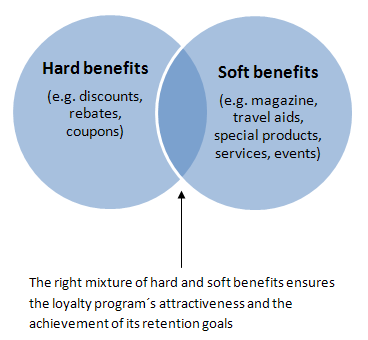Last week, I wrote about four categories of brand community participants: the devotees, the tourists, the minglers, and the insiders. In Part 2 of this series, let me discuss how you can identify these different types of participants through their observable behavior in your community.

Image by Lieutenant Pol | CC 2.0
The Devotees:
The devotees are probably the most difficult to identify among the four categories, because these individuals are most likely lurkers that mostly keep it to themselves. But by combining community log data, it is still possible to recognizing such users. Signs of a devotees include:
- Moderate to frequent visit to the community.
- Rarely contributes to the conversation. If we were to calculate a ratio of posting to reading activities from the user’s activity log, the ratio should be quite low.
- For reading activities, the user reads mostly information/exchanges directly related to the brand. The average time spent on these brand-related messages is also disproportionately higher than non-brand-related messages.
- If a following or friending system exists in the community, a devotee is likely to have a small number of friends, and is likely to only follow well-respected members who know a lot about the brand.
Continue reading “Segment Your Brand Community Participants Part 2”
